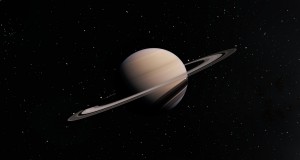Presenting Space Engine
During my ongoing literature review I often discover interesting facts about things I’ve never thought about. Sometimes I can connect these facts with my own observations: The result is mostly a completely new idea why things are as they are. Maybe these ideas are new to you, too. Therefore I’ll share my new science based knowledge with you!
This week: This time, I like to present you another space simulation: Space Engine. A simulation that allows the user to explore the vastness of our universe in a beautiful three dimensional environment.
As I began to write this week’s article, I recognized that I’m currently writing on my 50th episode of „Finding of the week“. Every time I start writing a new entry, I’ve the feeling that I’ve just started with this idea of producing a short post per week. Unbelievable that I’m almost doing this for a complete year now!
One of the most used examples of my articles are space related simulations. Moreover, I presented several different games with the goal of simulating a topic related to space exploration. I like to continue this tradition and present you another space simulation: Space Engine (SE)[1].
SE allows the user to explore our universe in a three dimensional environment. The simulation takes adventage of real world data to simulate known regions of our universe as accurate as possible. Additionally, SE provides the user with the most important facts about a celestial body like its gravity, rotation period and orbital period. Moreover, the user can display the paths of objects to visualize their trajectories. Apart from a three dimensional representation and a real world data based simulation of celestial bodies, SE takes advantage of real world images and uses these images to create the surface of the celestial bodies.
Finally, I like to highlight the beautiful graphic engine of SE which allows the user to enjoy lens flares, solar eclipses, auroras, shadows of planetary rings etc.
The user itself can move through our universe without any constraints. It’s possible to search for objects and visit them or just to fly through the vastness of space. The user even can land on the celestial bodies and enjoy the view into space from their surfaces. This also allows the user to land on our Earth and search for constellations like the Big Dipper or to land on the Moon and take a look at our Earth as the Apollo astronauts did. Moreover, the user is not just in control of the own movement and position: the user can also control the time and thus can experience a look in the past and the future. Additionally, the user can accelerate or decelerate the time speed and thus follow the orbit of a planet or the trajectory of an astroid through our solar system.
SE is currently in beta status and developed by Vladimir Romanyuk.
